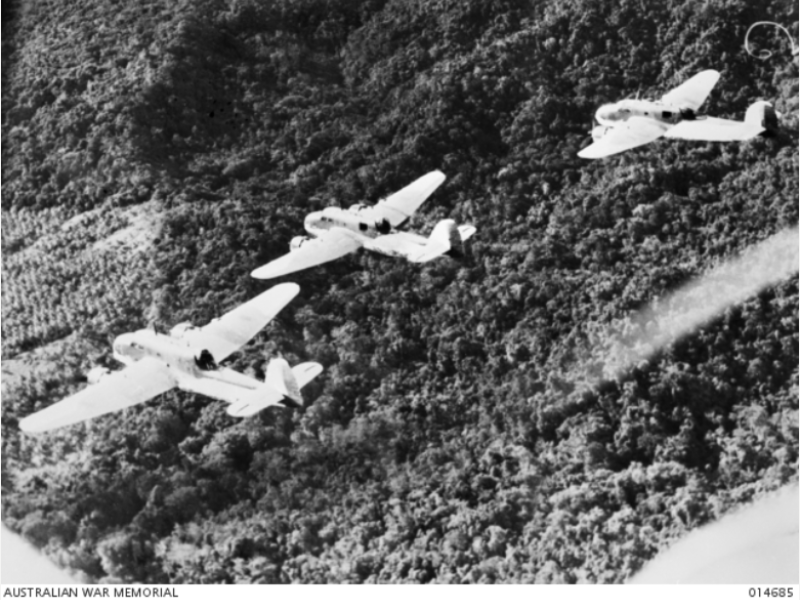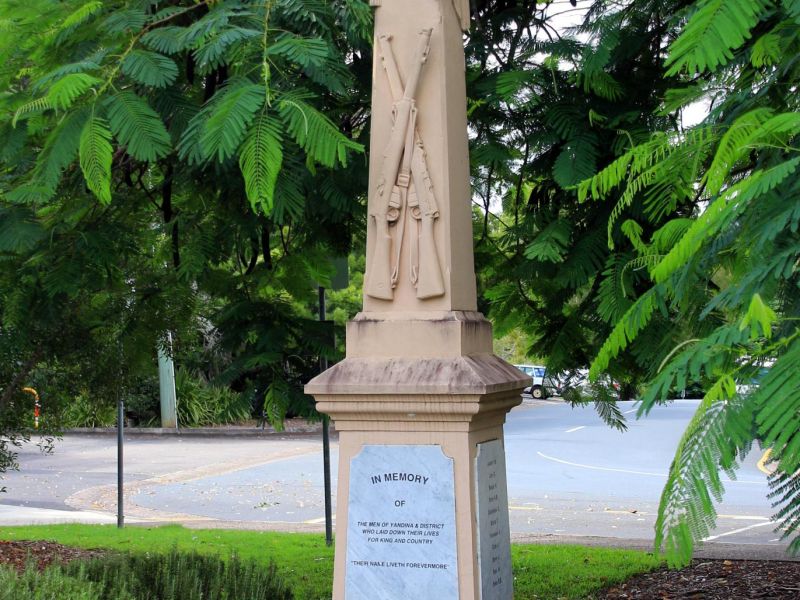Private Clark Davis Ivins, 2/12th Australian Infantry Battalion, Second AIF
Clark Ivins was born on 1 April 1919, the fourth of eight children of Joseph and May Ivins of Yandina, Queensland.
He attended Yandina State School and played cricket for the Yandina-Maroochy Club. As a teenager he worked with his father, who was a carpenter. Joseph built the houses and Clark painted them.
In January 1939, Clark Ivins joined the Militia, parading with the 9/49th Battalion, known as the “Stanley Regiment”.
Two years later, in July 1941, Ivins enlisted in the Second Australian Imperial Force in Brisbane, joining the 2/12th Battalion.
During initial training, he developed the mumps, and it wasn’t until early November, that he left Australia to join his unit in the Middle East. After its involvement in the defense of Tobruk, the 2/12th Battalion had trained in Palestine before joining forces garrisoning Syria. In early January it travelled to Palestine, sailing for Australia in February.
The 2/12th’s next battleground was Milne Bay on the south-eastern tip of Papua, where it arrived in August 1942. Milne Bay had an Allied base with three airstrips. It was a key stepping stone for the Japanese advance towards Port Moresby.
Late on the night of 25 August, a force of 2,000 Japanese marines landed to capture Milne Bay. They had initial success and advanced steadily westward.
But by the end of the month, the commander of Milne Force, Australian Major General Cyril Clowes, counterattacked and the 2/12th Battalion pursued the retreating Japanese.
Despite facing skilled and determined rear guard action, the battalion pushed the Japanese along the north shore of Milne Bay. Finally, between 4 and 7 September the Japanese were evacuated at night from their original landing areas.
Today Milne Bay is remembered as the first defeat of the Japanese on land during the Pacific War.
It came at a cost, however.
Private Clark Ivins, was wounded in the spine by an explosive bullet from a Japanese sniper on 1 September. He was evacuated to a hospital ship and sent to Brisbane.
An army nursing sister who nursed him later recalled that when he arrived, his boots has been placed under his bed. Ivins asked if they could remain there, as he would need them to walk out of the hospital. His boots stayed under the bed until he died.
As the local newspaper later reported:
“Doctors and nurses attached to the Army hospital fought to save his life, having admiration for the remarkable fortitude of this young man. His condition gradually became weaker until finally he passed away on the 5th of April.”
Ivins was buried at Lutwyche Cemetery in Brisbane. He was 24 years old.
In 2015, Ivins’s family established the annual Clark Davis Ivins Memorial Prize for Security Studies, followed in 2017 by the launch of the Clark Davis Ivins Memorial Travel Grants Program as a memorial endowment at the Australian National University.
Duncan Beard, Editor, Military History Section
Image: New Guinea. Milne Bay. Beaufort Bombers practice at Milne Bay, 1943. (Negative by N. Brown).

 Australian War Memorial
Australian War Memorial